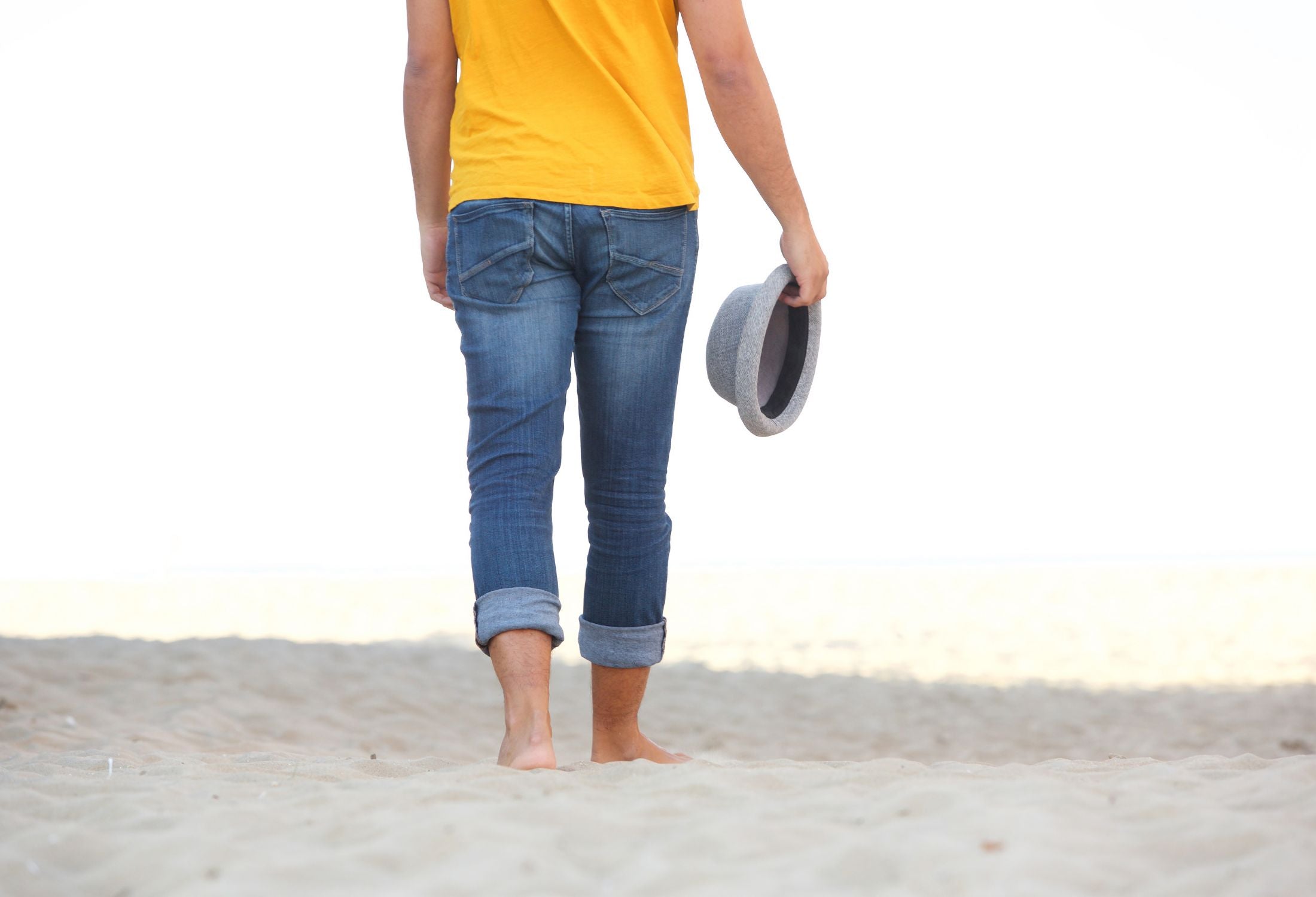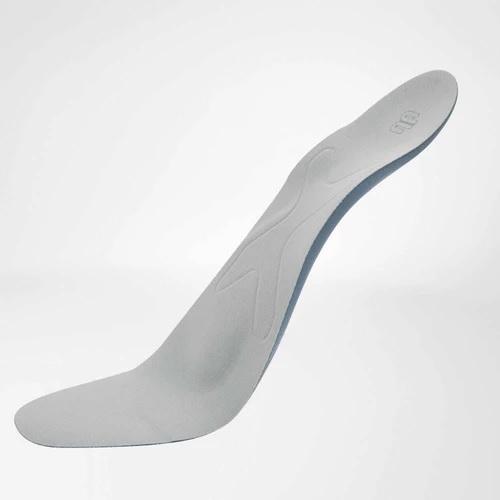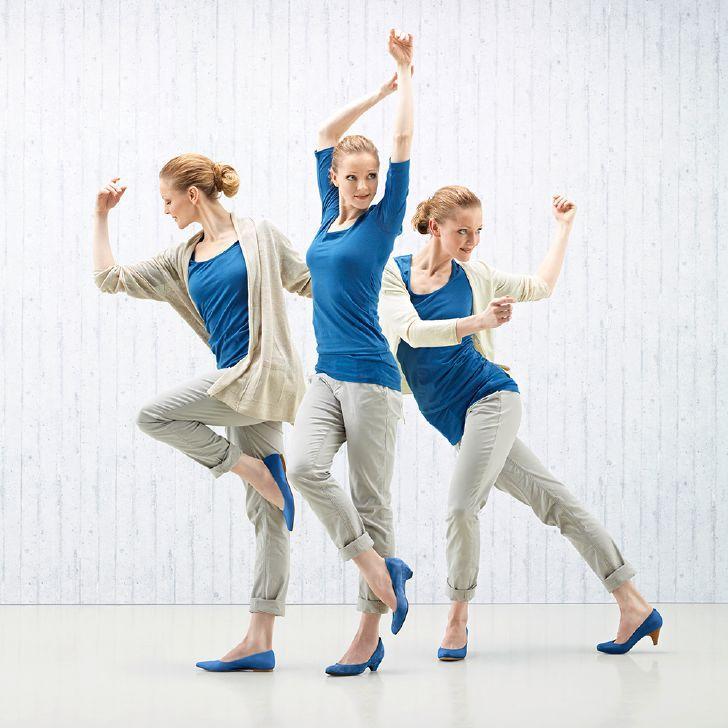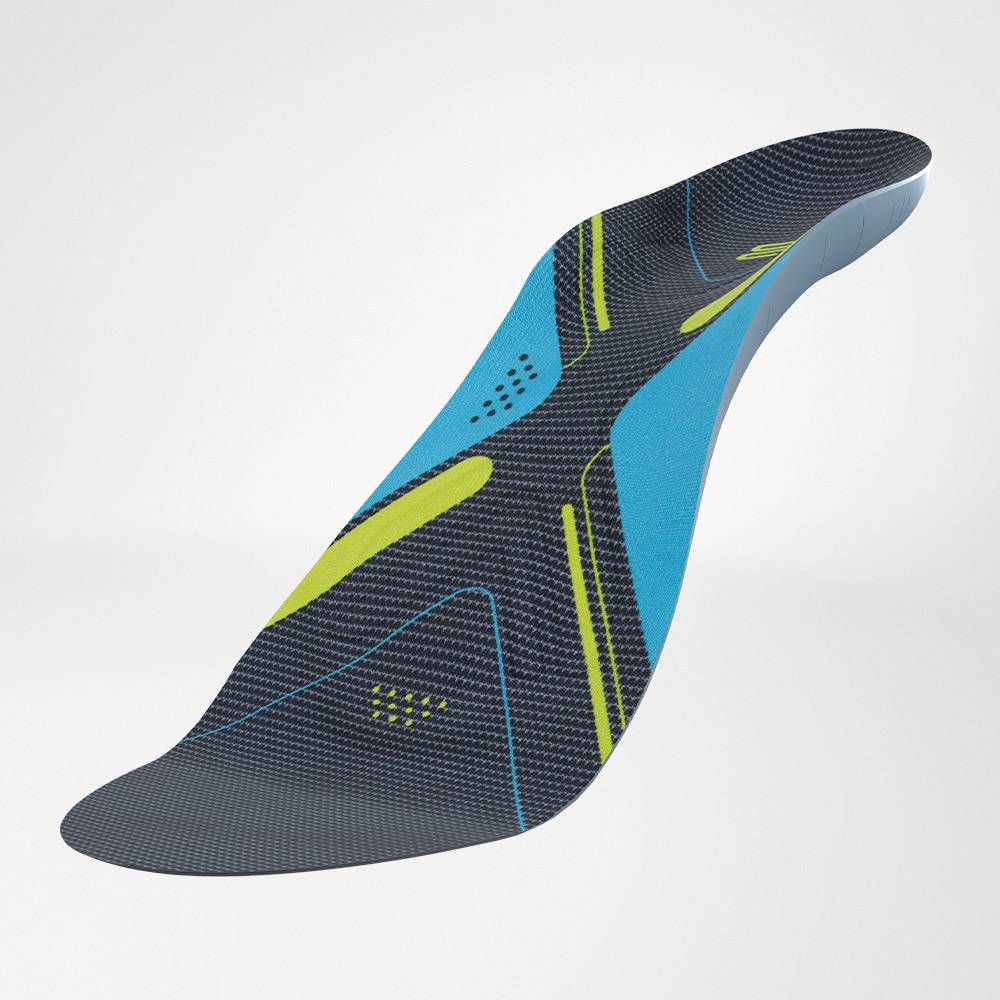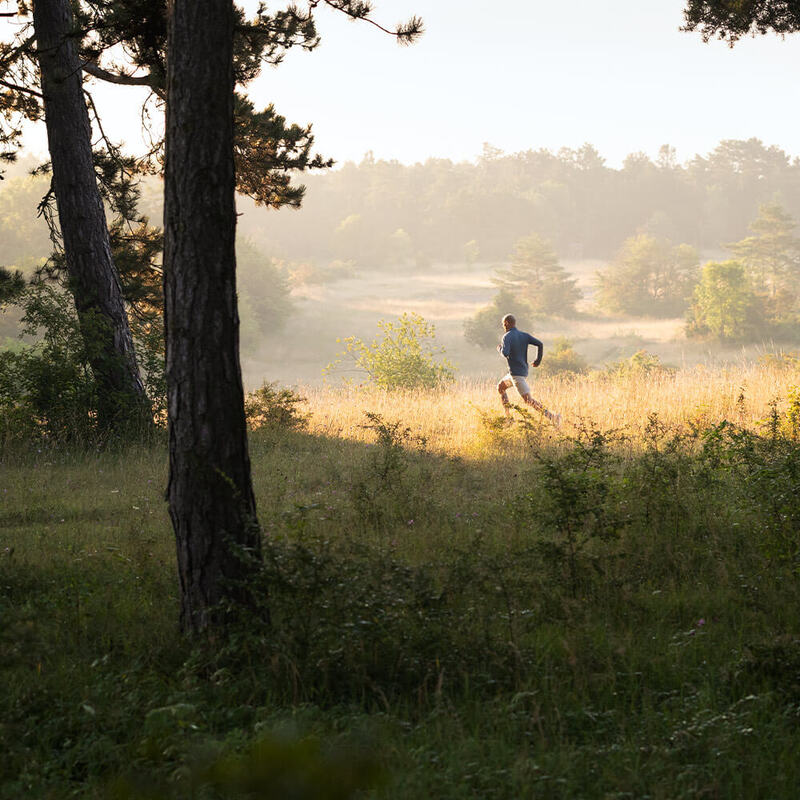Want to fix your flat feet? Whether your arches never developed or gradually collapsed over time, a good exercise routine could be the answer. Research shows it’s an effective way to improve foot posture and relieve painful symptoms. So, from towel scrunches to walking barefoot, here are the top 7 flat feet exercises to try.
Anatomy of flat feet
Flat foot is a bit of a broad term. It encompasses:
- Flexible flat feet. These are the most common, coming on in early to late childhood. People with flexible flat feet have some arch in the foot when they’re sitting, but it collapses when they’re standing while putting weight on that foot.
- Rigid flat feet. With rigid flat feet, there won’t be a visible arch, whether you’re putting weight on the foot or not. This condition usually comes on in adolescence.
- Fallen arches. Also known as adult-acquired flat foot, fallen arches are usually the result of a posterior tibial tendon tear. As this leg tendon can’t support the arch anymore, the arch suddenly collapses, causing a flat foot appearance. Other causes include pregnancy, as your body produces more elastin; footwear (elevated heels and cramped toes prevent your foot from getting into its natural position); and uneven legs, as the longer leg’s arch lowers to compensate.
Flat feet won’t usually cause much discomfort (at least, initially). But without proper treatment, the condition can worsen over time. You may start experiencing changes in your gait, muscle cramps in the feet and calves, and pain in the heel, arches, or along the outside of the foot. Fortunately, exercising has proven to be effective.
Note: if you got flat feet during your pregnancy, there’s a chance they’ll only be temporary. But you should still do exercises to make sure your arches don’t stay flat.
The best exercises for flat feet
1. Walking barefoot

The first (and easiest) exercise to add to your routine is wandering around barefoot. Whether you’re at home or at the beach, take off your shoes or slippers and just walk. It’s a great way to strengthen your feet, ankles, and lower legs and retrain your arches.
2. Short foot
The short foot exercise activates deep foot muscles to improve motor control, balance, and posture.
- Stand up straight on a flat, even surface.
- “Squeeze” your midfoot by tightening the arch. Pretend you’re trying to bring the ball of your foot as close as you can to the heel.
- Your toes should press firmly into the ground.
- DO NOT curl your toes or lift them off the ground.
- Do 2-3 sets of 20 reps.
- As you get more comfortable with this exercise, you can try doing it while standing on one leg. Your deep foot will need to work harder to keep you balanced.
3. Arch lifts
Arch lifts are a variation of the short foot exercise. They strengthen the intrinsic muscles around the foot, leading to better support and stability.
- Stand with your feet hip-width apart.
- Roll your weight onto the outer sides of your feet and lift your arches as high as you can.
- Your toes should be touching the floor throughout the exercise.
- Repeat 10-15 times.
- Do 3 sets.
4. Towel scrunches
Towel scrunches are another great way to improve balance and foot posture.
- Sit on a chair with your back in a neutral posture.
- You should do this exercise on a smooth surface, like kitchen or bathroom tile.
- Place a bath towel flat on the floor.
- Using just the toes of your affected foot, scrunch the towel until it’s completely rumpled.
- Repeat 2-3 times. Feel free to repeat this exercise for your other foot as well. It's a good way to keep its arch in good shape.
5. Heel and toe walking
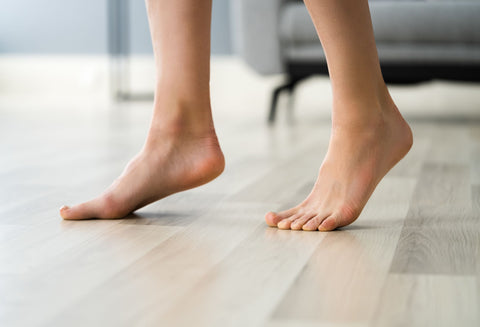
You can do these exercises on a hard surface like floorboards. But if you’re finding it uncomfortable, try doing them on a carpet or an area rug instead.
- For toe walking, get up on your tip toes and wander around for a few minutes.
- For heel walking, rock back on your heels with your toes completely off the floor. It can take a couple of tries to get your balance right, so try walking near a wall in case of emergency.
These walks will strengthen the support muscles in your feet and around your ankles.
6. Tennis ball rolls
- Sit on a chair with your back in a neutral posture.
- The back of your knee should be a few centimetres away from the chair seat's edge.
- Place a tennis ball (or any other type of ball that’s roughly the same size and firmness) on the floor.
- Press down with the weight of your leg and gently roll your foot over the ball, focusing on the arch.
- Continue for 2-3 minutes.
You can repeat this exercise on the other foot, whether it’s flat or not. Tennis ball rolls relieve tension even in healthy feet.
7. Hanging calf raises

These strengthen the soleus and gastrocnemius muscles, which support foot flexion and extension.
- Stand on a staircase with your mid-foot and heel hanging off a stair.
- Raise your heels as high as you can and hold the position for 5 seconds.
- Slowly lower your heels, but don’t dip them lower than the rest of your foot.
- Repeat 15-20 times.
- Do 2-3 sets.
Make sure to do these exercise sets at LEAST 3 times a week and keep at it. It will take time to see results.
Beyond flat feet exercises
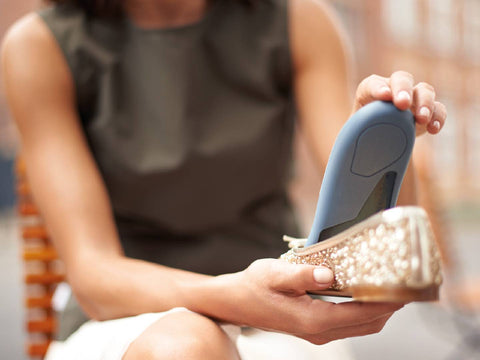
ErgoPad Weightflex 2
Wear quality Insoles like the ErgoPad Weightflex 2 when you have to be on your feet for long hours. Studies (and our customer reviews) show they’re great for managing associated pain.
Get good shoes. Ideally, your shoes should have a wide toe box - enough for your toes to splay out when you’re lifting your heel off the ground. If the box is too narrow, it’ll affect your gait, causing pain and tightness. You should also aim for flat shoes as much as you can. An elevated heel (especially a high heel) locks your ankle in an awkward position, making it harder for your foot muscles and fascia to contract.
If you’re using supportive shoes or insoles for your pain, balance them out with barefoot walking and arch exercises. Arch supports may relieve pain and fatigue in the legs and feet and support you in more strenuous activities like running. But too much of it can make your arches lazy and potentially worsen the condition.
Try sports compression socks when you’re jogging, hiking, or playing competitive sports. They’ll communicate directly with your foot and ankle muscles, improving your proprioception and reducing your risk of injury.
To sum up
Exercises like towel scrunches, short foot, and arch lifts are fantastic flat feet exercises They’ll strengthen the support muscles in the foot, improving your motor function and correcting foot posture. But they aren’t the only things you should be doing. Adding in barefoot walking, insoles, and comfortable shoes can also relieve flat foot symptoms.
Explore more foot supports: Foot Supports

















